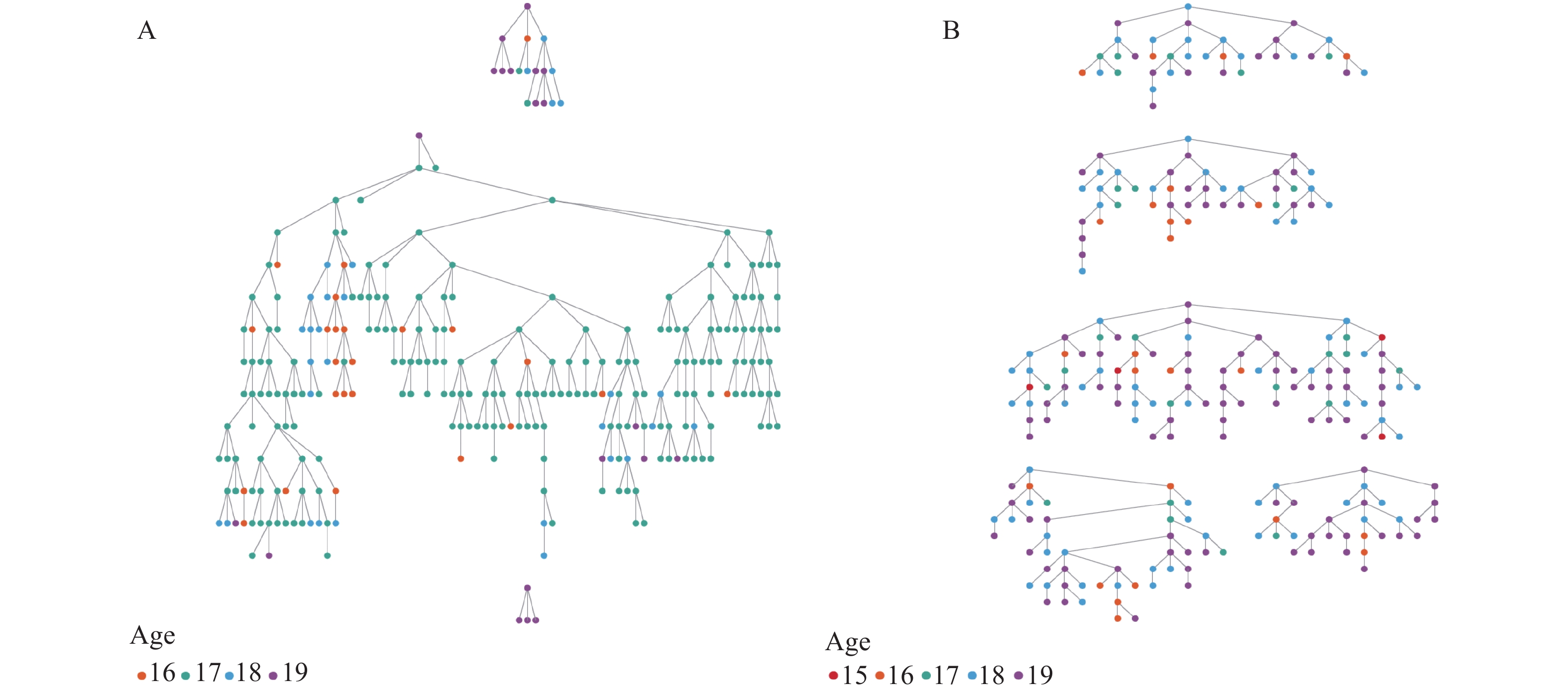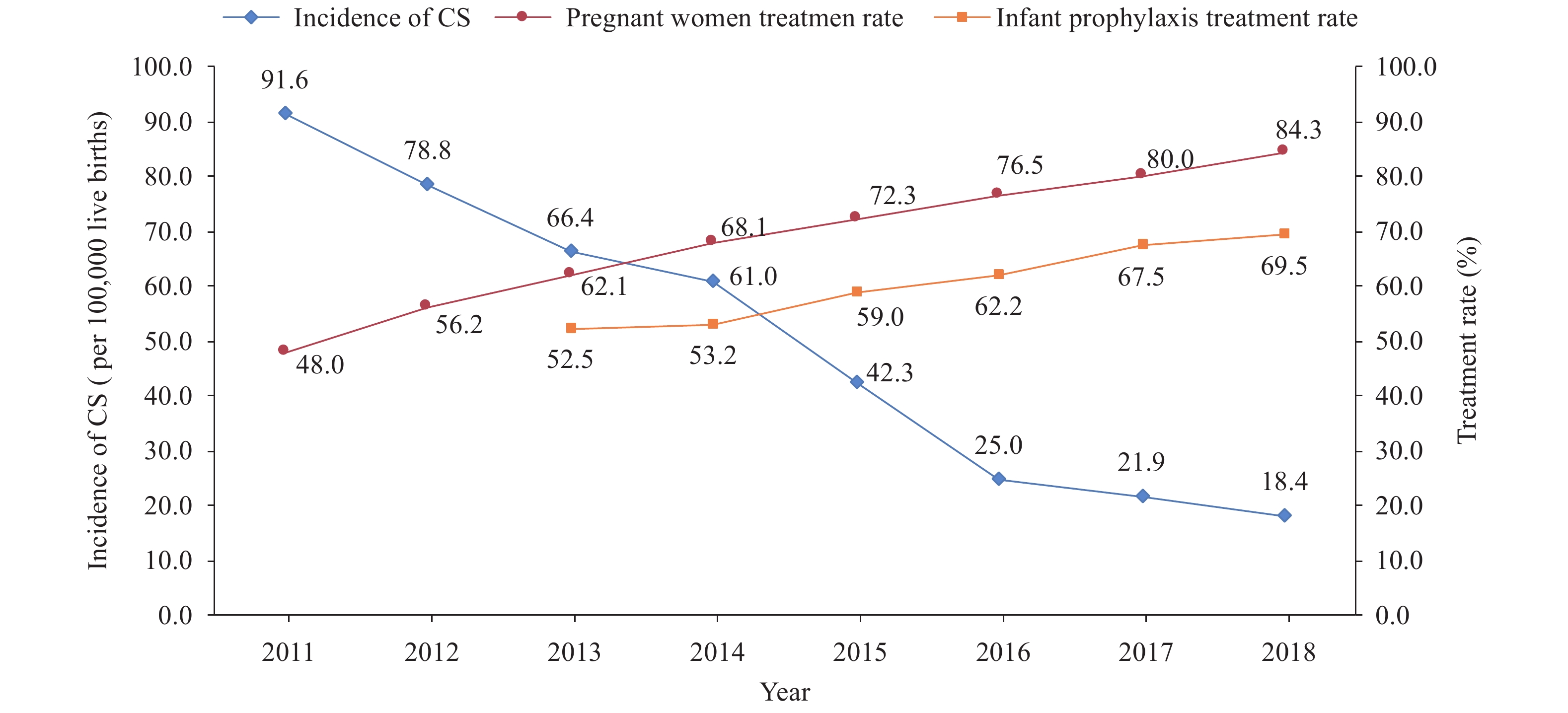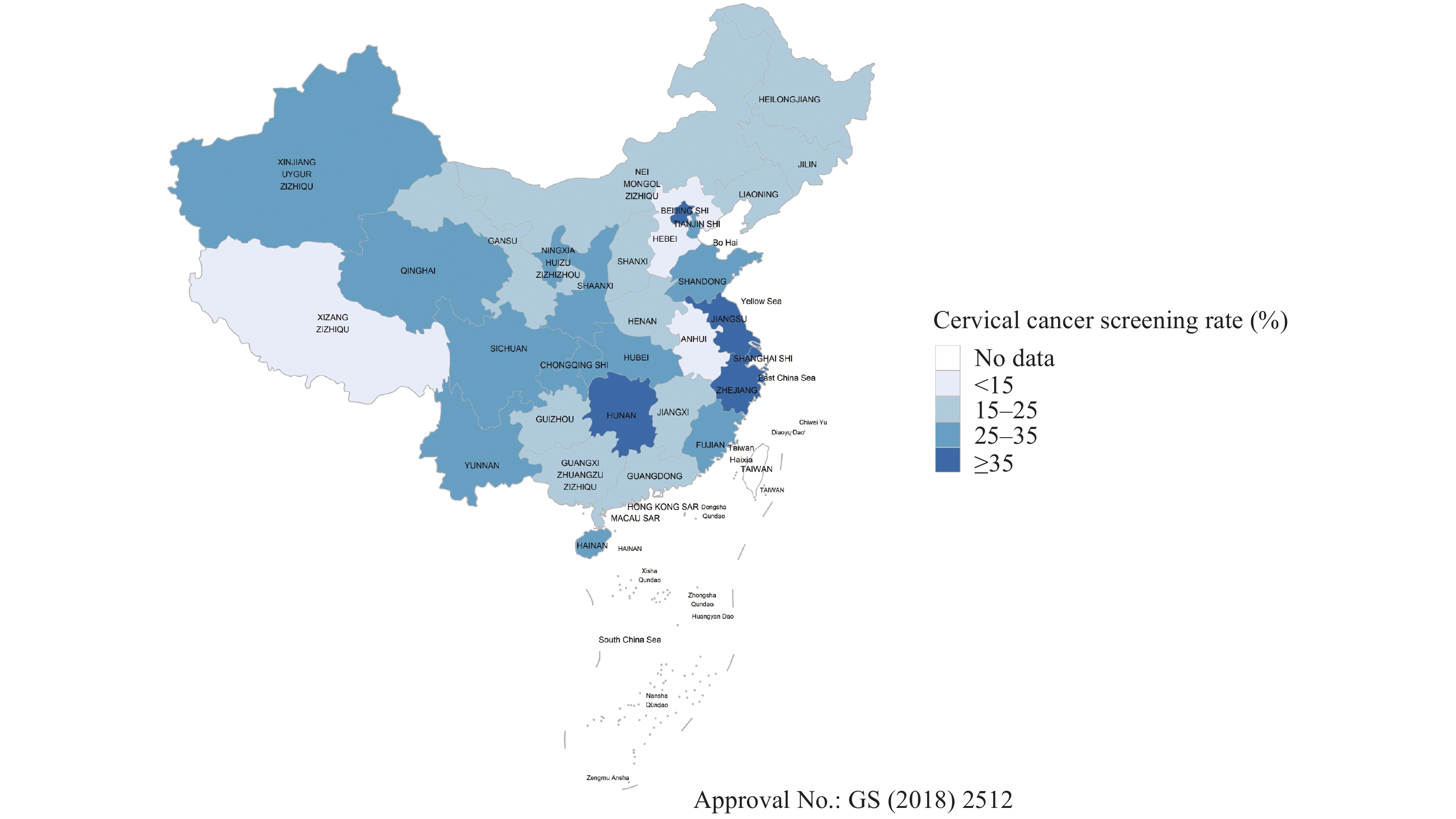2020 Vol. 2, No. 26
There has been a steady increase of new reported HIV infections in individuals aged 15–24 years, primarily from self-reported men who have sex with men (MSM).
MSM aged 15–19 years practiced behaviors that put them at high risk for HIV and other sexually transmitted infections (STIs). Systems to address their unique risks and vulnerabilities in both school settings and in high impact HIV interventions may be inadequate.
Special needs of MSM aged 15–19 years must be met by starting sex education in junior high school and sensitizing health workers in and out of school settings on quality counselling, testing, and referral. Piloting approaches that address age of consent issues are also suggested.
What is already known on this topic?
The national program of prevention of mother-to-child transmission (PMTCT) of syphilis was initiated in 2011 and scaled to a national level since 2015. A better understanding of the implementation and outcomes of the program on PMTCT of syphilis is needed for future strategies to achieve the World Health Organization (WHO) goal of elimination of mother-to-child transmission (EMTCT) of syphilis.
What is added by this report
Between 2011 and 2018, as the coverage of syphilis screening of pregnant women and treatment for syphilis-seropositive pregnant women and their infants have increased consistently, the incidence of congenital syphilis was significantly reduced from 91.6 cases per 100,000 live births to 18.4 cases per 100,000. Treatment rates and adequate treatment rates of syphilis-seropositive pregnant women were below the criteria of validation of EMTCT of syphilis and regional disparities were found.
What are the implications for public health practice?
We recommend continuing to strengthen the current PMTCT intervention strategies with further commitments to achieve the targets set by the WHO’s dual EMTCT of HIV and syphilis. Barriers to achieving high coverage of adequate treatment should be investigated and addressed at the provincial level to ensure prompt treatment for syphilis-seropositive pregnant women.
What is already known about this topic?
Cervical cancer is the fourth most common cancer of women around the world. Age-adjusted incidence and mortality rates of cervical cancer were 11.78 and 3.29 per 100,000, respectively, in China in 2015.
What is added by this report?
Cervical cancer screening rates were 25.7% for women aged 20–64 years old and 31.4% for women aged 35–64 years old in China in 2015. Screening rates were lower in rural areas than in urban areas and varied across provinces.
What are the implications for public health practice?
Efforts should be made to continue to strengthen national and local policy initiatives, financial support, health education, and accessibility to women in rural areas for cervical cancer screening coverage.



 Subscribe for E-mail Alerts
Subscribe for E-mail Alerts CCDC Weekly RSS Feed
CCDC Weekly RSS Feed

